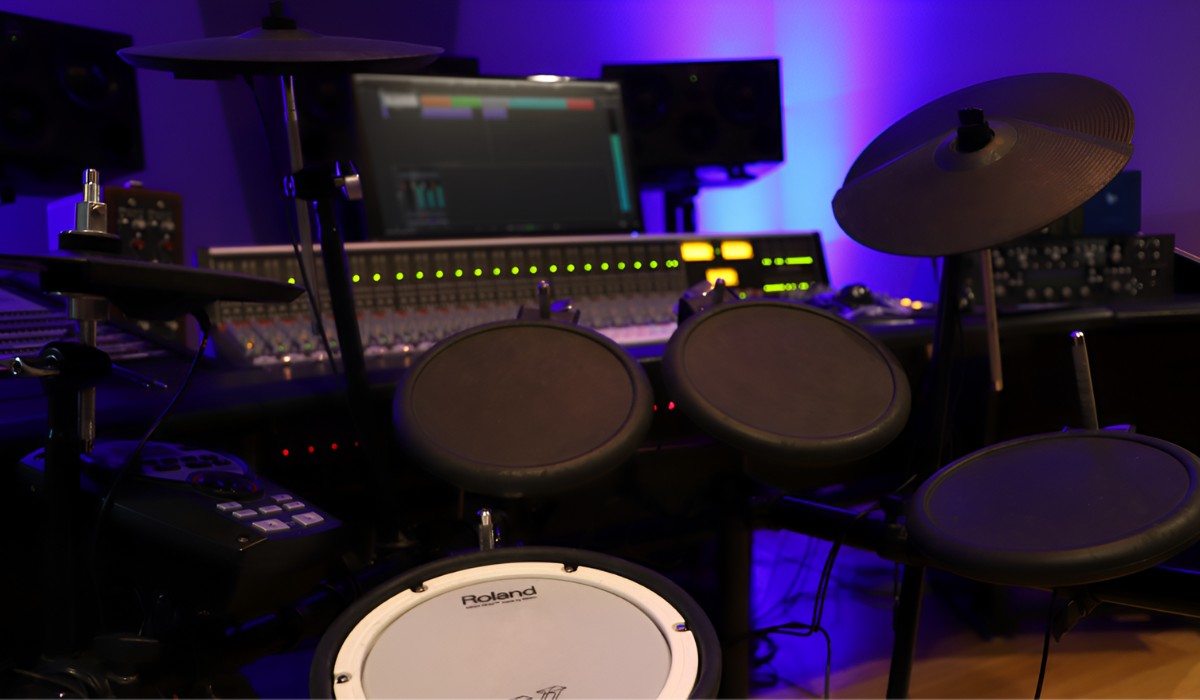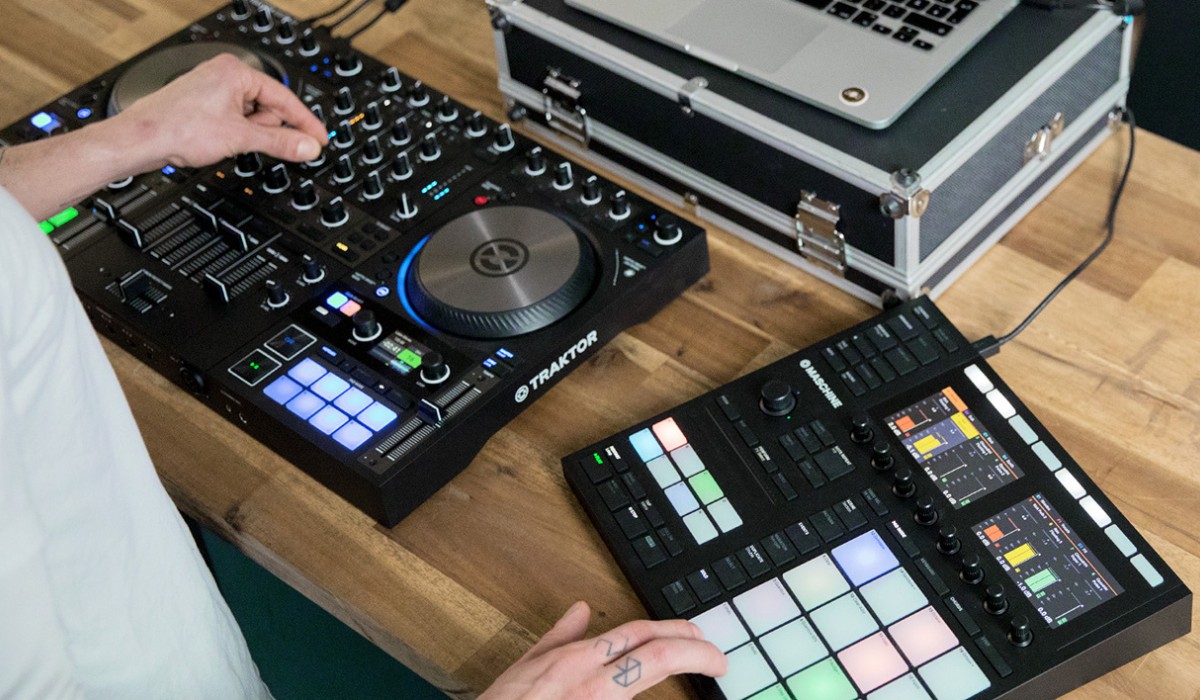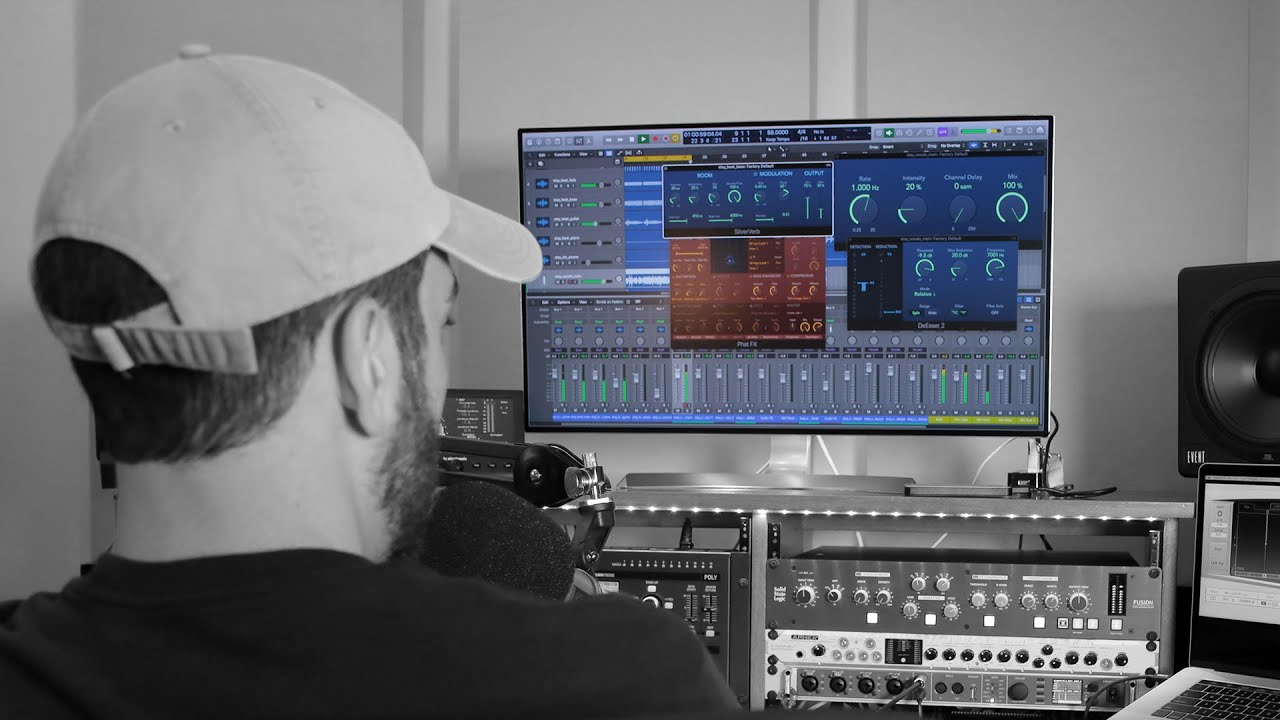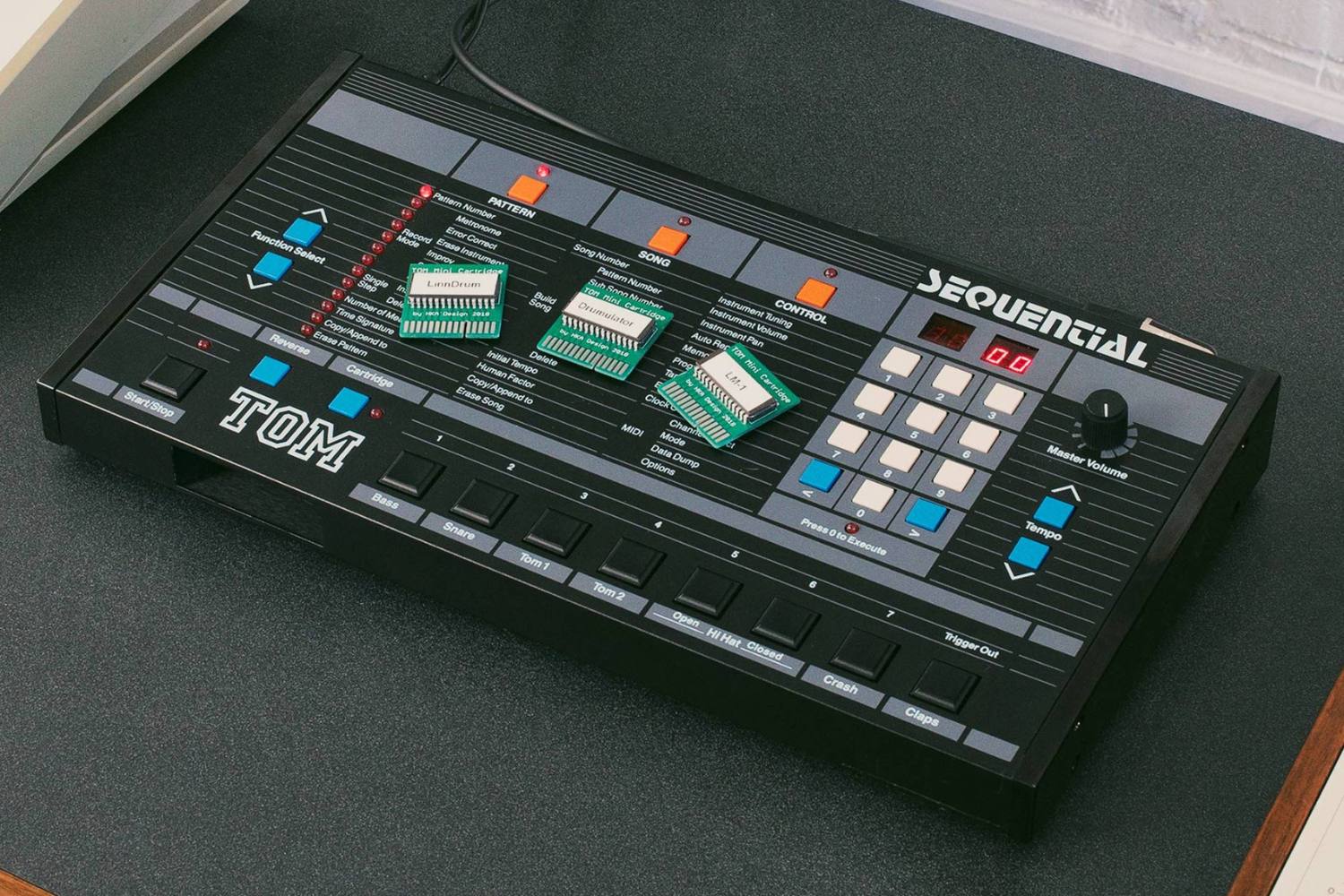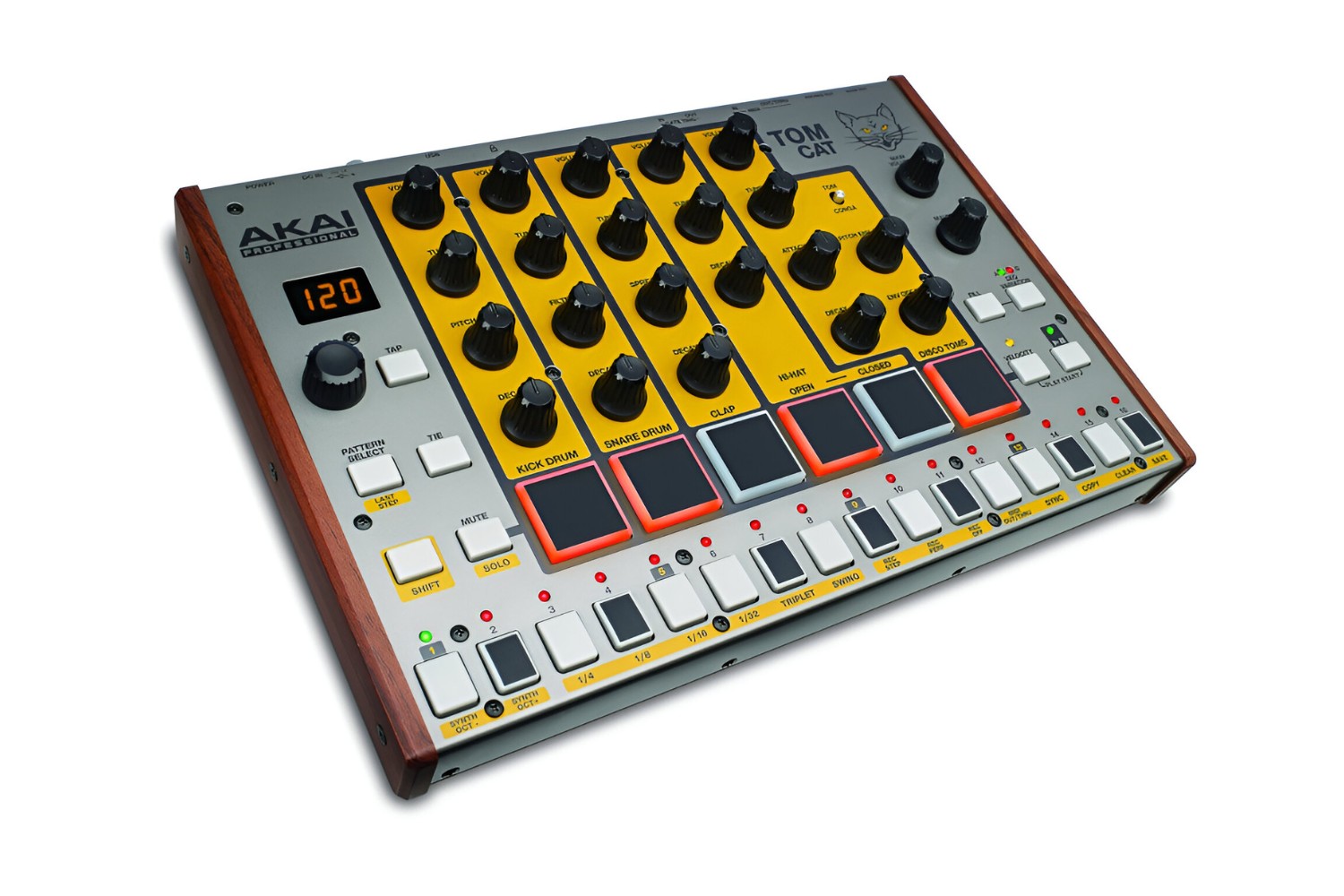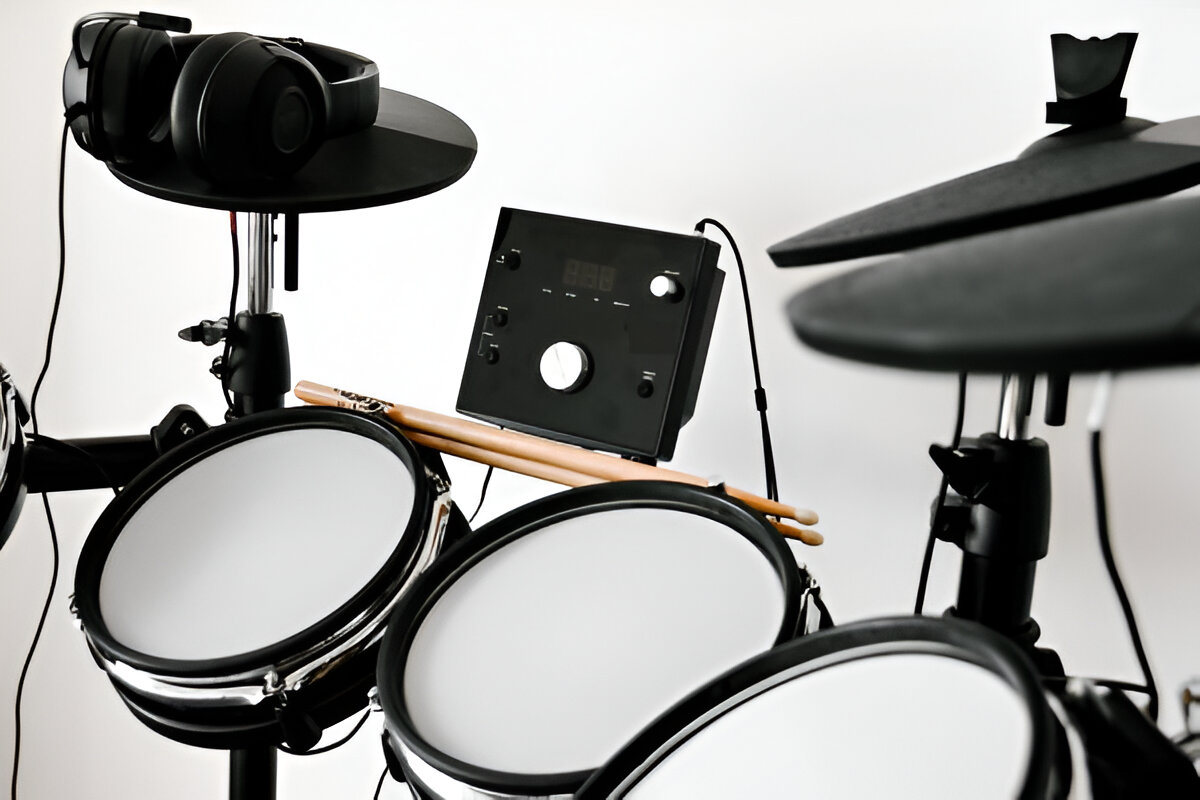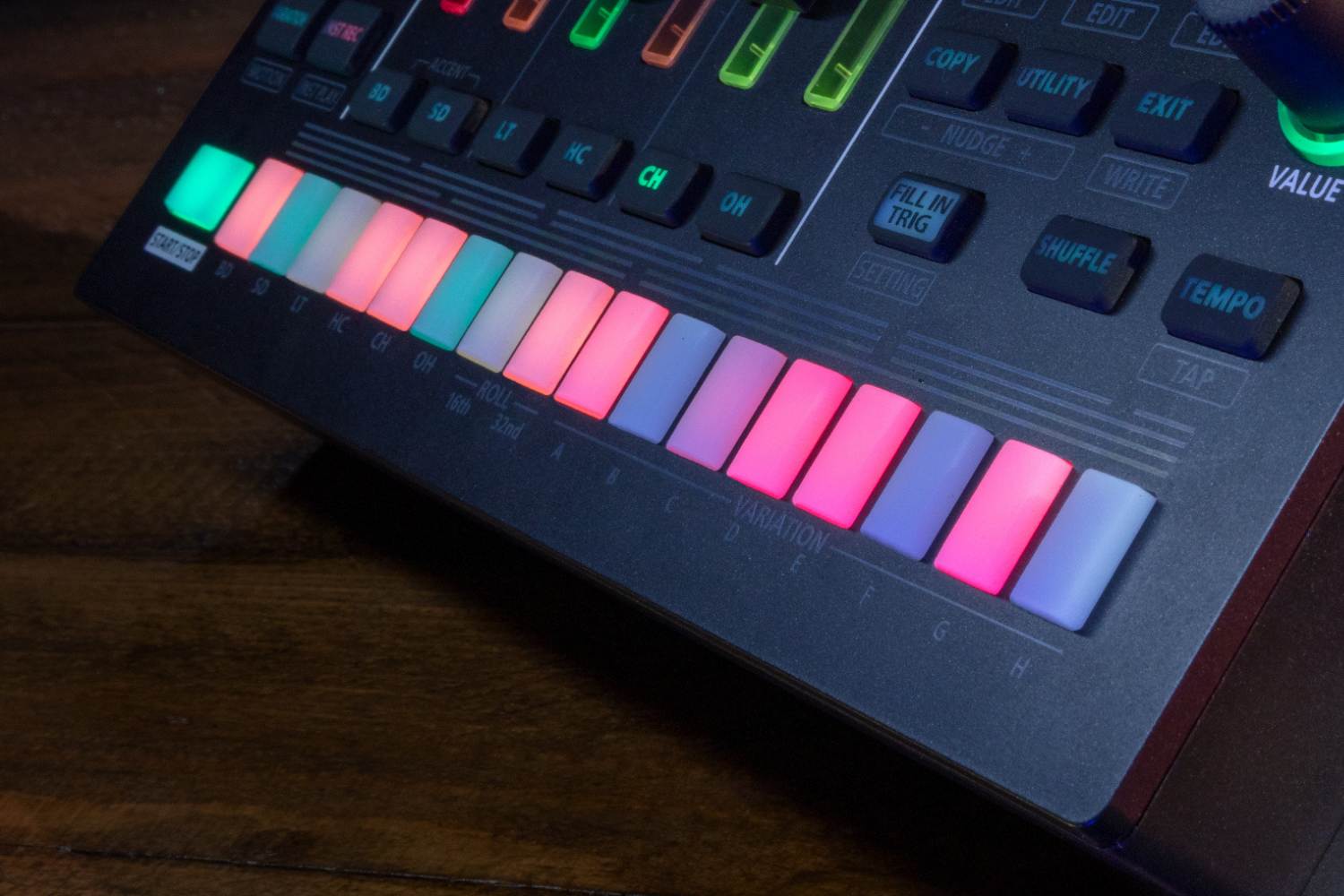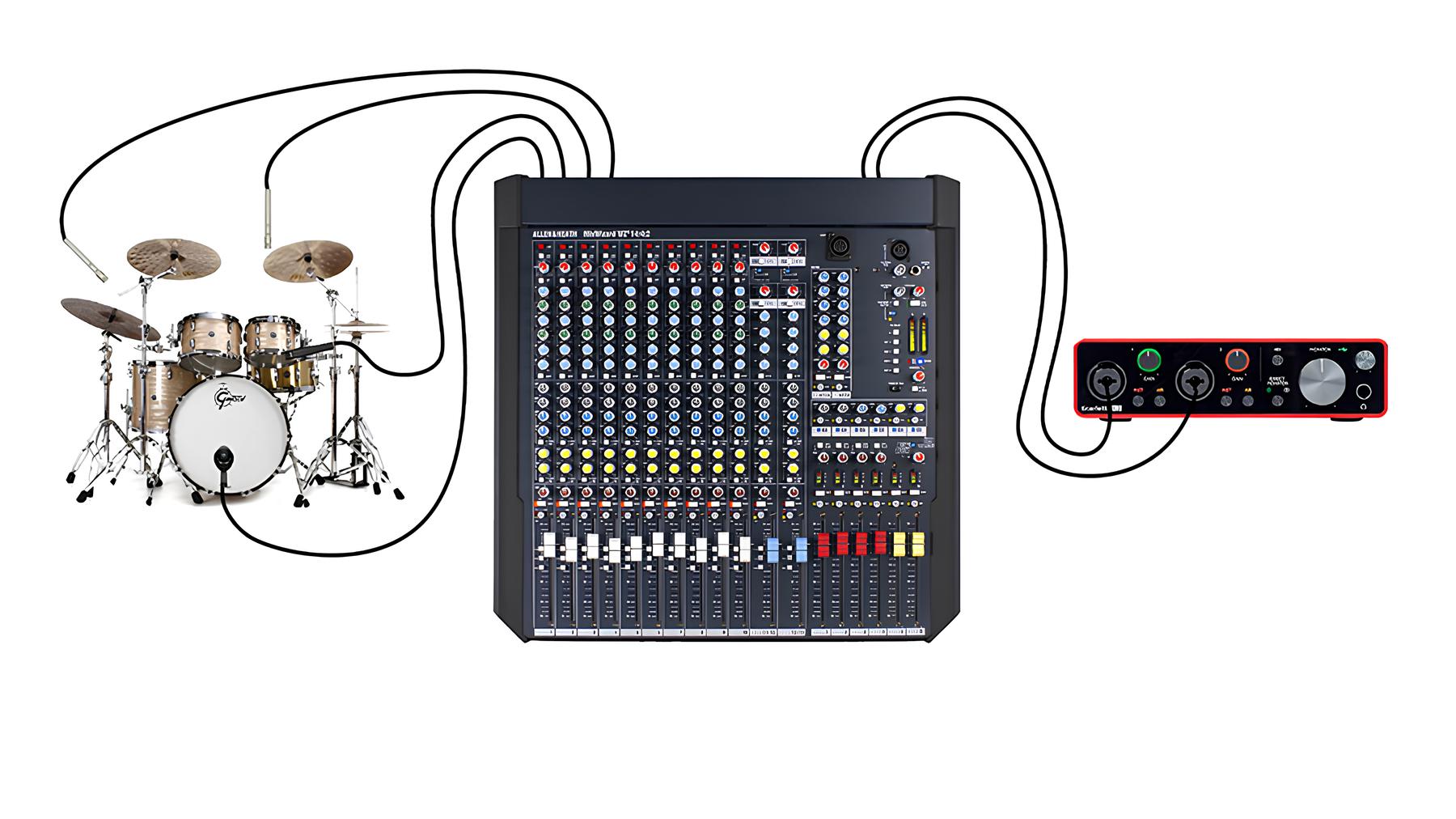Introduction
Are you ready to take your music production to the next level? Connecting to a drum machine is a fantastic way to add depth and rhythm to your compositions. Whether you're a seasoned musician or just starting out, understanding how to connect to a drum machine is an essential skill in the modern music industry. In this guide, we'll walk you through the process, from understanding the drum machine to troubleshooting common issues.
Drum machines have been a staple in music production for decades. These versatile devices allow you to create and manipulate rhythmic patterns, adding a unique flair to your tracks. With advancements in technology, modern drum machines offer an array of features, from classic drum sounds to innovative electronic beats. Understanding how to harness the power of these machines will undoubtedly elevate your music to new heights.
Connecting a drum machine may seem daunting at first, but with the right guidance, it can be a seamless process. Whether you're connecting to a mixer, audio interface, or syncing with other gear, we've got you covered. Additionally, we'll delve into setting up the drum machine with MIDI, a crucial aspect for integrating it into a larger studio setup.
As with any technical endeavor, troubleshooting is an essential skill. We'll address common issues that may arise when connecting to a drum machine, ensuring that you can overcome any hurdles that come your way.
By the end of this guide, you'll have the knowledge and confidence to connect to a drum machine with ease, allowing you to unleash your creativity and take your music to new heights. So, let's dive in and explore the exciting world of drum machine connectivity.
Understanding the Drum Machine
Before diving into the technical aspects of connecting a drum machine, it’s essential to grasp the fundamental workings of this powerful music production tool. A drum machine is a versatile electronic device designed to create and manipulate rhythmic patterns, allowing musicians and producers to craft compelling beats and percussion elements for their compositions.
These devices come equipped with a vast array of pre-loaded drum sounds, ranging from classic acoustic drum kits to cutting-edge electronic beats. Additionally, many modern drum machines offer the flexibility to import custom samples, opening up a world of sonic possibilities for your music.
Understanding the interface of a drum machine is key to harnessing its full potential. Most drum machines feature a grid of pads or buttons that correspond to individual drum sounds or patterns. These pads can be played in real-time to create dynamic rhythms, or programmed step-by-step to craft intricate and precise beats.
Furthermore, drum machines often include onboard controls for adjusting parameters such as pitch, decay, and modulation, allowing users to sculpt and tailor each drum sound to fit their musical vision. Some models also feature built-in sequencers, enabling users to arrange and layer patterns to construct entire tracks.
As technology continues to advance, many modern drum machines offer extensive connectivity options, including USB, MIDI, and audio outputs. These features facilitate seamless integration into a studio setup, allowing the drum machine to sync with other gear and software for a cohesive music production workflow.
Whether you’re drawn to the classic analog charm of vintage drum machines or the cutting-edge capabilities of modern digital units, understanding the drum machine’s core functionality is the first step toward unlocking its creative potential. With a solid grasp of how these devices operate, you’ll be well-prepared to explore the exciting possibilities that await when connecting to a drum machine.
Connecting the Drum Machine to a Mixer or Audio Interface
When connecting a drum machine to a mixer or audio interface, you’re establishing a crucial link in your music production setup. This connection allows the drum machine to interface with other audio equipment, enabling you to capture its sounds and incorporate them into your compositions with ease.
Most drum machines feature audio outputs, typically in the form of 1/4-inch or 3.5mm jacks. These outputs carry the audio signals generated by the drum machine, allowing you to route them to external devices such as mixers or audio interfaces.
To connect the drum machine to a mixer, begin by identifying the appropriate audio outputs on the drum machine. Using standard instrument cables, connect the drum machine’s audio outputs to available input channels on the mixer. Ensure that the input levels are properly adjusted on the mixer to receive the signal from the drum machine without distortion.
If you’re connecting the drum machine to an audio interface for recording or further processing, locate the audio inputs on the interface. Once again, use compatible cables to establish the connection between the drum machine and the audio interface. With the audio interface connected to your computer or recording device, you can capture the drum machine’s output digitally, opening up a world of possibilities for mixing, editing, and processing the sounds in your music production software.
It’s worth noting that some modern drum machines offer USB connectivity, allowing for direct digital audio and MIDI transmission to and from a computer. This streamlined approach simplifies the connection process and provides seamless integration with digital audio workstations and music production software.
By establishing a solid connection between your drum machine and a mixer or audio interface, you’ll be able to harness the full sonic potential of the drum machine, integrating its unique sounds into your compositions with clarity and precision.
Setting Up the Drum Machine with MIDI
Integrating a drum machine into a larger studio setup often involves utilizing MIDI (Musical Instrument Digital Interface) to communicate with other MIDI-enabled devices such as synthesizers, sequencers, and digital audio workstations. Understanding how to set up the drum machine with MIDI opens up a world of creative possibilities, allowing for seamless synchronization and control across multiple pieces of gear.
Most modern drum machines feature MIDI connectivity, typically in the form of MIDI input and output ports. These ports enable the drum machine to send and receive MIDI data, including note triggers, tempo information, and parameter control messages.
To set up the drum machine with MIDI, begin by connecting the MIDI output of the drum machine to the MIDI input of the receiving device, such as a synthesizer or MIDI interface. Conversely, if you wish to sync the drum machine to an external MIDI clock source, you would connect the MIDI output of the clock source to the MIDI input of the drum machine.
Once the physical connections are established, you’ll need to configure the MIDI settings on the drum machine and any connected devices. This may involve assigning MIDI channels, selecting sync modes, and specifying which MIDI messages the drum machine will send and receive. Additionally, some drum machines allow for MIDI mapping, enabling you to control various parameters and functions on external MIDI devices from the drum machine itself.
One of the most powerful aspects of setting up the drum machine with MIDI is the ability to synchronize its tempo and patterns with other MIDI-enabled gear. This synchronization ensures that all devices in your studio setup play in perfect time, allowing for seamless integration of drum machine rhythms with other musical elements.
By mastering the art of setting up the drum machine with MIDI, you’ll be able to create intricate and dynamic musical arrangements, leveraging the full potential of MIDI connectivity to craft compelling compositions and performances.
Syncing the Drum Machine with other Gear
Syncing a drum machine with other gear is a pivotal aspect of creating cohesive and tight-knit musical arrangements. Whether you’re aligning the rhythms of multiple drum machines, syncing with external sequencers, or integrating the drum machine with a larger studio setup, establishing precise synchronization is essential for seamless music production.
One common method of syncing a drum machine with other gear is through the use of MIDI clock signals. By sending MIDI clock messages from a master device, such as a hardware sequencer or digital audio workstation, to the drum machine and other connected gear, you can ensure that all devices play in perfect tempo alignment.
Modern drum machines often feature extensive MIDI sync capabilities, allowing them to receive MIDI clock signals and synchronize their internal sequencers or patterns to an external tempo source. This synchronization ensures that the drum machine’s rhythms seamlessly integrate with other musical elements, creating a cohesive and harmonious sonic landscape.
Additionally, many drum machines offer the flexibility to sync with analog clock signals, commonly found in modular synthesizer setups and other analog music production gear. By utilizing analog clock connectivity, you can achieve tight synchronization between the drum machine and analog synthesizers, drum modules, and other hardware devices, fostering a unified and organic musical experience.
Some advanced drum machines also support the integration of DAW (Digital Audio Workstation) software through USB or MIDI connections. This integration allows for seamless synchronization with the DAW’s timeline, enabling the drum machine to follow the project tempo and playback position, ensuring that your programmed rhythms align perfectly with the rest of your music production.
By mastering the art of syncing the drum machine with other gear, you’ll be able to create compelling and intricate musical arrangements that seamlessly blend electronic and acoustic elements. This synchronization lays the foundation for crafting captivating compositions and dynamic performances that resonate with your audience.
Troubleshooting Common Issues
While connecting and syncing a drum machine can greatly enhance your music production capabilities, it’s not uncommon to encounter technical challenges along the way. Understanding how to troubleshoot common issues ensures that you can overcome obstacles and keep the creative momentum flowing in your studio.
One common issue when connecting a drum machine to a mixer or audio interface is encountering low or distorted audio levels. This can often be attributed to incorrect gain staging or mismatched signal levels. To address this, ensure that the output levels of the drum machine are appropriately set and that the input levels on the mixer or audio interface are adjusted to accommodate the incoming signal without distortion.
Another frequent challenge involves MIDI connectivity issues, such as the drum machine failing to receive or transmit MIDI data effectively. In such cases, it’s essential to verify the MIDI cables and connections, ensuring that they are firmly seated and free from damage. Additionally, check the MIDI settings on both the drum machine and any connected devices to confirm that the MIDI channels and synchronization parameters are correctly configured.
Syncing the drum machine with other gear may present challenges related to tempo discrepancies or timing irregularities. If you encounter issues with synchronization, double-check the MIDI clock settings on all connected devices, ensuring that they are set to send and receive MIDI clock signals consistently. Additionally, consider the possibility of latency or timing adjustments within your music production software or external sequencers, as these factors can impact the overall synchronization of your gear.
In some instances, troubleshooting common issues with a drum machine may involve updating firmware or software drivers to address compatibility or performance concerns. Manufacturers often release updates and patches to improve the functionality and stability of their products, so it’s advisable to visit the official website of the drum machine’s manufacturer to check for available updates and support resources.
By familiarizing yourself with these common troubleshooting techniques, you’ll be well-equipped to address technical issues that may arise when connecting, syncing, and integrating a drum machine into your music production setup. With patience, persistence, and a methodical approach, you can overcome these challenges and continue creating music that resonates with your artistic vision.
Conclusion
As we conclude our exploration of connecting to a drum machine, it’s evident that this process is not just about establishing physical connections; it’s about bridging the gap between creativity and technology. By understanding the drum machine’s functionality, connecting it to mixers or audio interfaces, setting it up with MIDI, syncing it with other gear, and troubleshooting common issues, you’ve embarked on a journey that merges musical expression with technical proficiency.
Connecting to a drum machine opens up a world of sonic possibilities, allowing you to infuse your compositions with captivating rhythms and dynamic percussive elements. Whether you’re a producer crafting electronic beats, a songwriter seeking unique drum textures, or a live performer integrating electronic and acoustic elements, the ability to connect to a drum machine empowers you to realize your musical vision with precision and flair.
Furthermore, the process of connecting to a drum machine is a testament to the ever-evolving landscape of music production. As technology continues to advance, the integration of hardware and software, analog and digital, and traditional and innovative approaches becomes increasingly seamless. Embracing this evolution enables you to harness the full potential of your creative endeavors, pushing the boundaries of musical expression and production.
As you navigate the intricacies of connecting to a drum machine, remember that each challenge presents an opportunity for growth and learning. Whether you’re troubleshooting technical issues, experimenting with MIDI synchronization, or exploring new sonic territories, the journey itself is a valuable part of your artistic development.
Ultimately, connecting to a drum machine is not just about establishing a physical link; it’s about forging a connection between your creative impulses and the tools at your disposal. It’s about translating your musical ideas into tangible, expressive sounds that resonate with your audience and fulfill your artistic aspirations.
So, as you embark on your own journey of connecting to a drum machine, may you find inspiration in the fusion of art and technology, and may your creative endeavors flourish as you navigate the ever-expanding realm of music production.







